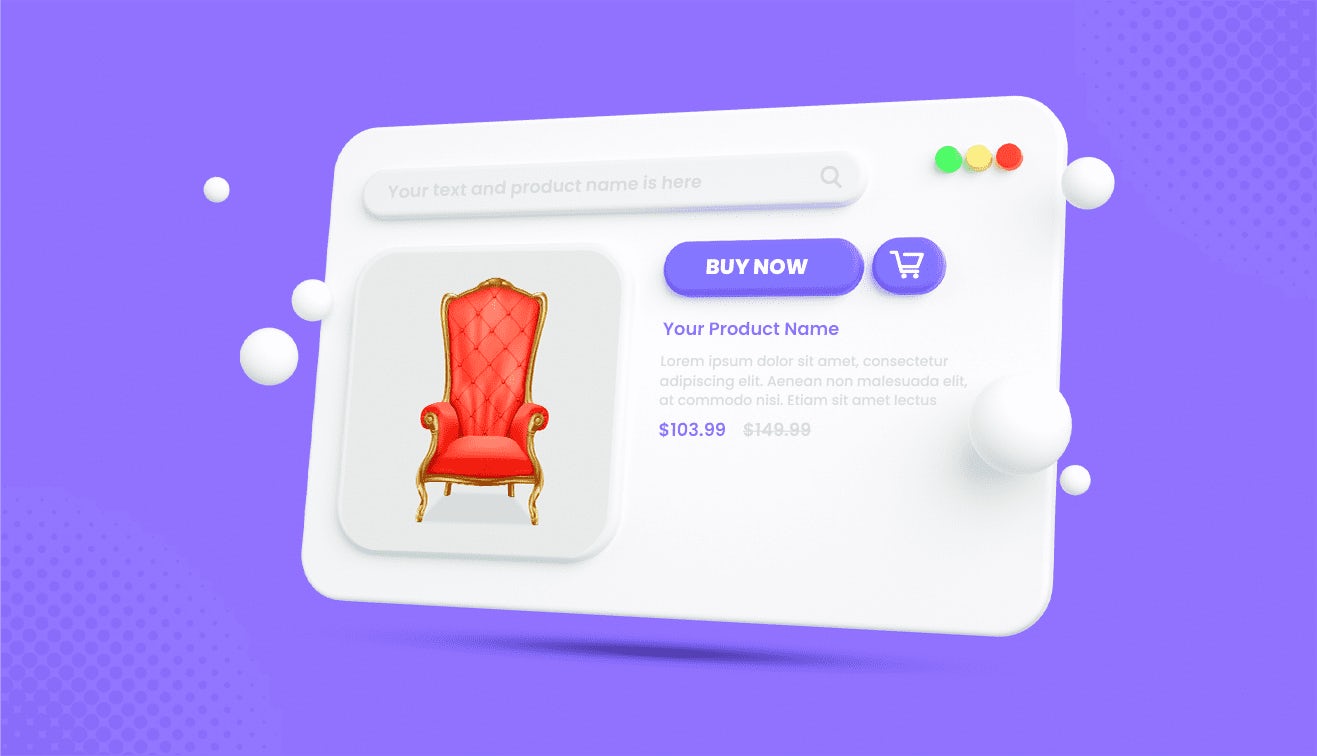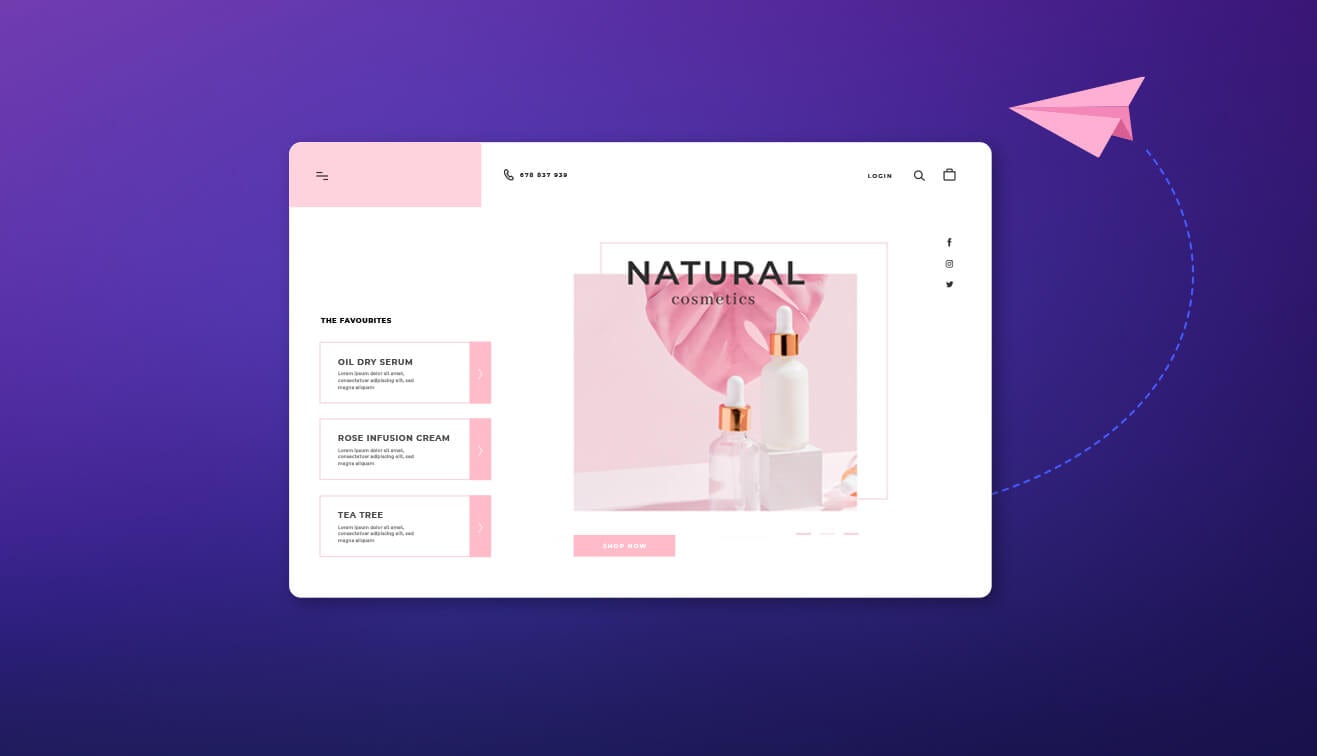The B2B market is like a tug-of-war, and everyone wants to be on the winning side. In fact, 54% of businesses plan on increasing their content marketing budget this year. For businesses to stay relevant, it requires a commitment from them to deliver content seamlessly across multiple channels. Because let's face it, customers expect a flawless experience, whether they're browsing on a desktop, checking their phone, or even using a smart device.
So, businesses must be open to integrating a content management system (CMS) that is flexible, scalable, and capable of delivering personalised experiences to customers.
How is it possible, you ask? With a headless CMS. What’s the big deal about having a headless CMS in B2B commerce? Well, unlike traditional CMS platforms, which bundle the backend and front end together, a headless CMS separates the two. This, in turn, gives businesses much more control and flexibility over their content and helps buyers have personalised experiences.
In short, if you're looking to keep up with the fast-paced B2B commerce landscape, a headless CMS could be exactly what you need.
Understanding Content Operations in B2B
Content operations play a crucial role in B2B organizations, as they involve the processes and strategies for creating, managing, and delivering digital content.
A content management system (CMS) is the backbone of content operations, providing a platform for content creators to collaborate and publish content. In the B2B context, digital content may include product information, marketing materials, whitepapers, and more to effectively communicate with their target audience and drive business growth.
Why is it crucial? How about the fact that 52% of buyers are more inclined to purchase from vendors after reading their content?
So, to conclude, content creators need a CMS that enables them to efficiently create, manage, and deliver content to meet the specific needs of their B2B audience.
.jpg)
Traditional CMS vs. Headless CMS
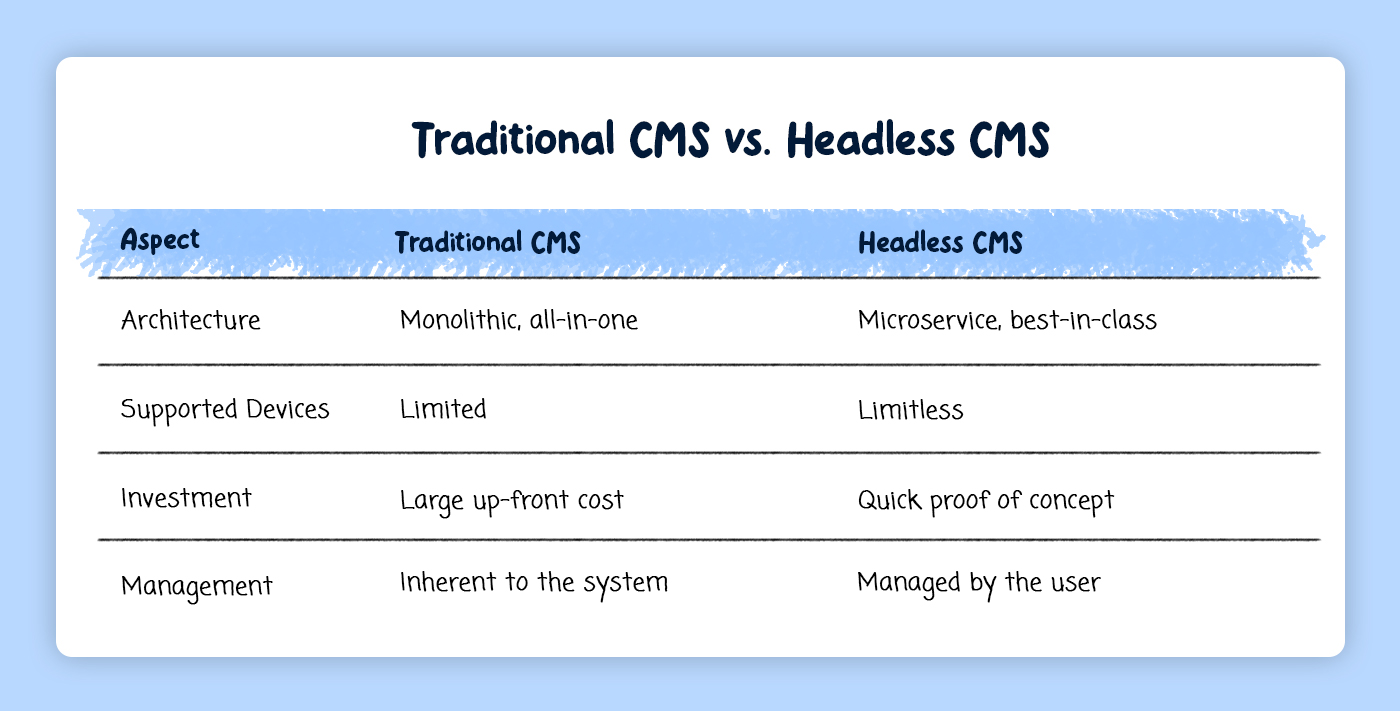
Here are the key differences between a traditional CMS and a headless CMS:
- Architecture: Traditional CMS platforms are monolithic, meaning all the components of the CMS are tightly coupled and interconnected. This can make it difficult to make changes or add new features to the CMS. In contrast, headless architectures are microservice-based, meaning each component of the CMS is independent and can be updated or replaced without affecting the rest of the system.
- Supported Devices: Traditional CMS platforms are often limited to specific devices or channels, such as websites or mobile apps. Headless CMS platforms, on the other hand, are designed to be device-agnostic, allowing content to be delivered to any digital channel or device.
- Investment: In terms of investment, traditional CMS platforms often require a large up-front cost, while headless CMS platforms offer a quick proof of concept and can be more cost-effective in the long run.
| To understand the difference better, read this → Headless vs. Traditional CMS - Understanding the Divide |
Why B2B Businesses are Embracing Headless CMS
B2B businesses are embracing headless CMS for several reasons:
Personalisation & Localisation:
Personalisation helps B2B retailers deliver customised content and offers to specific segments of their targeted audience, enhancing engagement and conversion rates. B2B businesses operating in multiple regions should ensure that the content is relevant and culturally appropriate for each market. This is where a headless CMS can be extremely useful.
A headless CMS facilitates dynamic content delivery based on customer behaviour, preferences, and demographics, making a personalised experience across all touchpoints possible. Additionally, it helps businesses centrally manage multilingual content and deploy it across different demographics while maintaining consistency and relevancy.
Flexible Payment Integration:
B2B transactions often require multiple payment options, such as invoicing, credit terms, and online payments, as per the likes of different clients. Providing flexible payment methods enhances the client’s convenience and turns out to be a deciding factor in their retention and satisfaction.
One of the best things about a headless CMS is its seamless integration across various payment gateways and systems, allowing businesses to offer a range of payment options tailored to client needs. It supports customised payment options to accommodate specific business models, such as subscription billing or milestone-based payments.
Product Taxonomy:
Product taxonomies are crucial for B2B businesses because they organise and categorise products systematically, facilitating efficient management and navigation. A well-defined taxonomy ensures that businesses can maintain clarity and consistency in product offerings, making it easier for both internal teams and clients to locate and understand products based on their specific needs and criteria.
A headless CMS aids in this by allowing businesses to centrally manage and update product taxonomy across various channels, ensuring consistency and ease of access for customers and internal teams alike.
Custom Check-Out Experience:
Businesses that offer a seamless checkout experience are more likely to reduce the headache of cart abandonment and enhance overall client satisfaction. Moreover, B2B retailers require specific features such as bulk orders, purchase orders, and negotiated pricing to streamline their transactions further.
A headless CMS facilitates the creation of custom checkout workflows tailored specifically to the needs of B2B customers. It integrates seamlessly with various eCommerce and payment platforms to ensure a smooth and efficient checkout process.
Granular Security Controls:
Data is the king and the B2B world takes it quite literally making data security and compliance paramount.
Headless CMS platforms offer powerful role-based access control (RBAC), allowing businesses to define granular permissions depending on users and teams.
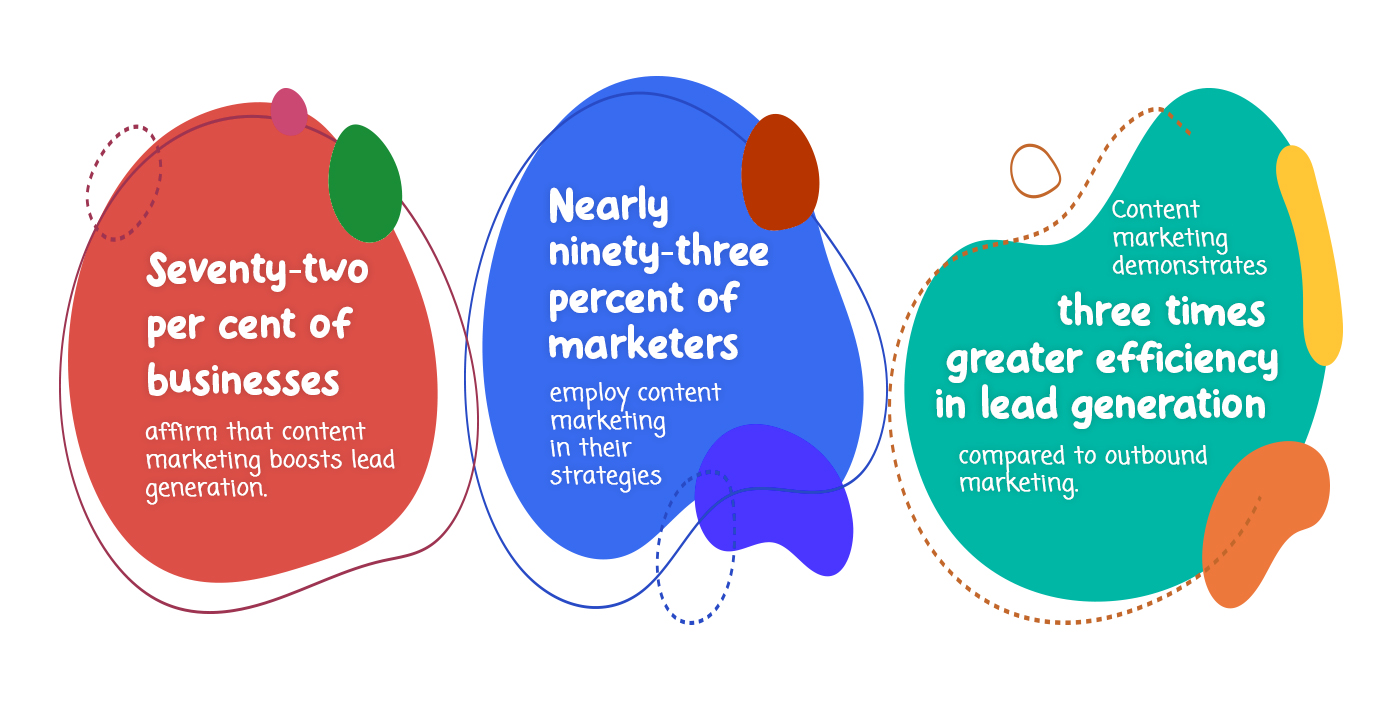
Key Features That Make Headless CMS Stand Out
Headless CMS stands out from traditional CMS platforms due to its key features that offer businesses more flexibility and control over their digital content. Some of these features include:
- API-First Design
API-first design is a key feature of headless CMS platforms. An API (Application Programming Interface) allows different systems and applications to communicate and interact with each other.
In the context of a headless CMS, an API-first design means that the CMS is built with APIs as the primary means of accessing and managing content. This allows businesses to easily integrate the headless CMS with other systems and services, such as ecommerce platforms, customer relationship management (CRM) systems, or marketing automation tools.
An API-first design also enables developers to build custom front-end experiences using their preferred programming languages and frameworks. This flexibility and extensibility make headless CMS platforms a powerful tool for businesses looking to deliver content across multiple channels and devices.
- Scalability & Flexibility
Headless CMS platforms are designed to handle large amounts of content and can easily scale as businesses grow. This scalability ensures that businesses can deliver content effectively to their target audience, regardless of the size of their content repository or the number of digital touchpoints they need to support.
In addition, headless CMS platforms offer businesses the flexibility to deliver content to any digital channel or device. This flexibility allows businesses to create tailored experiences for their customers and ensures that their content is accessible and optimised for different platforms and devices.
Whether it's a website, an app, or a voice assistant, a headless CMS can adapt to the evolving needs of a business and its customers.
- Facilitating Omnichannel Delivery
As per the survey conducted by Hygraph, 92% of respondents find it challenging to deliver content from diverse sources to multiple channels.
Omnichannel delivery is a key advantage of using a headless CMS for B2B content management. With a headless CMS, businesses can deliver content seamlessly across multiple channels and devices, ensuring a consistent and personalised experience for their customers.
This is particularly important in the B2B space, where customers may interact with content on websites, mobile apps, or other digital touchpoints. Some benefits of facilitating omnichannel delivery with a headless CMS include:
- Increased reach and visibility: By delivering content across various channels and devices, businesses can reach a wider audience and increase their visibility.
- Consistent brand experience: A headless CMS enables businesses to deliver a consistent brand experience across all channels, ensuring that customers have a cohesive and engaging experience.
- Personalisation: With a headless CMS, businesses can personalise content for different channels and devices, tailoring the experience to the specific needs and preferences of their customers.
- Flexibility & scalability: Headless CMS platforms allow businesses to easily adapt and scale their content delivery strategies as their needs evolve, ensuring that they can deliver content effectively to their target audience.


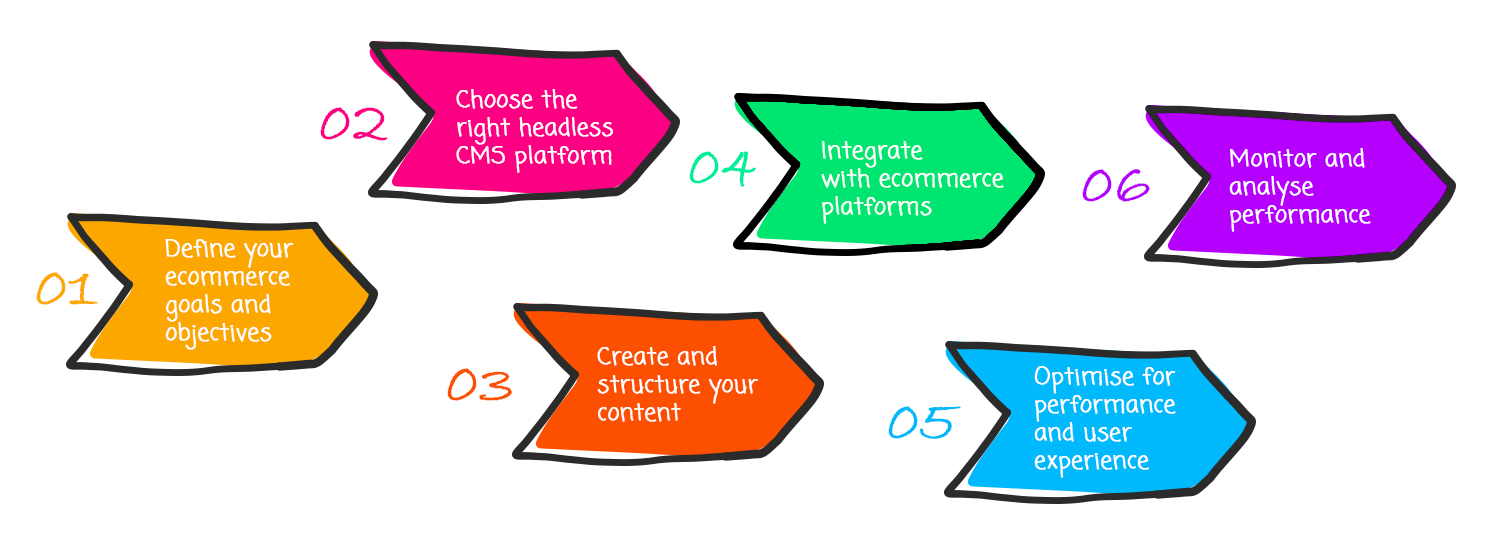













































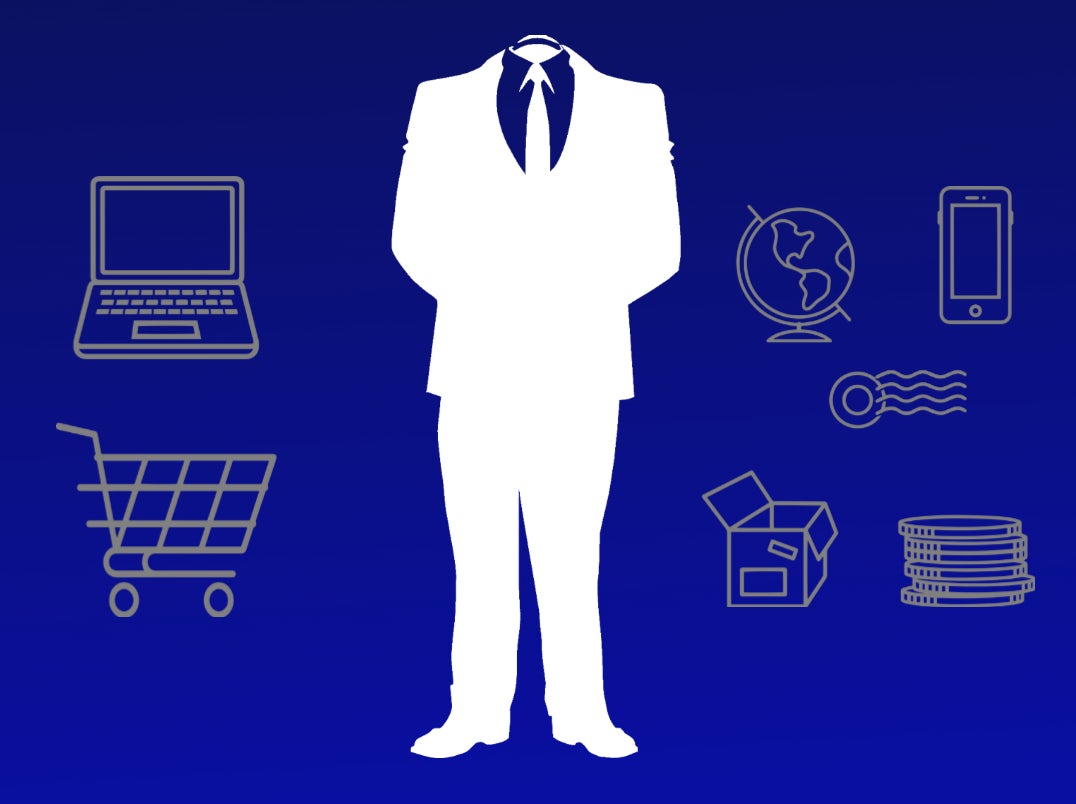

















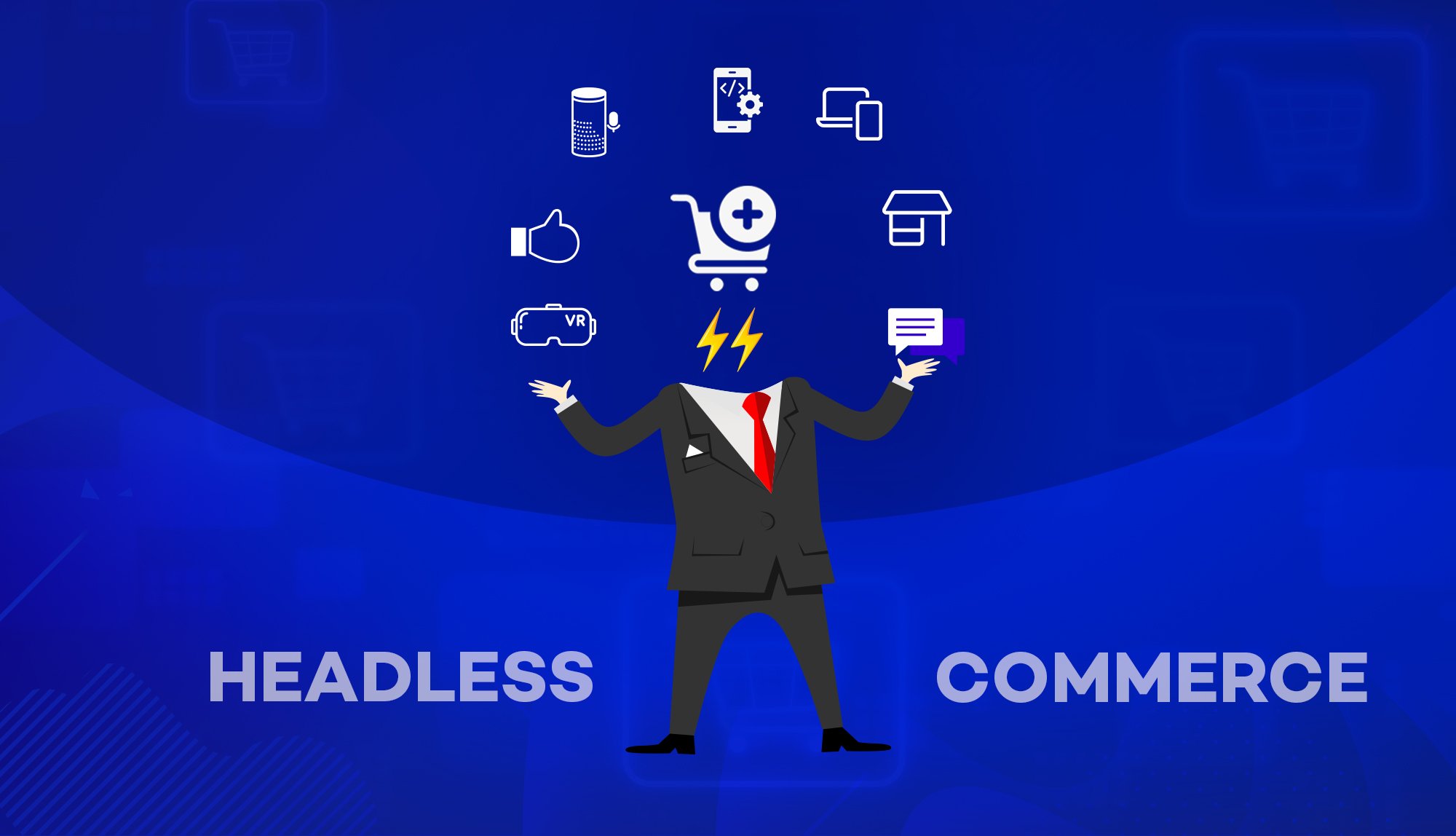
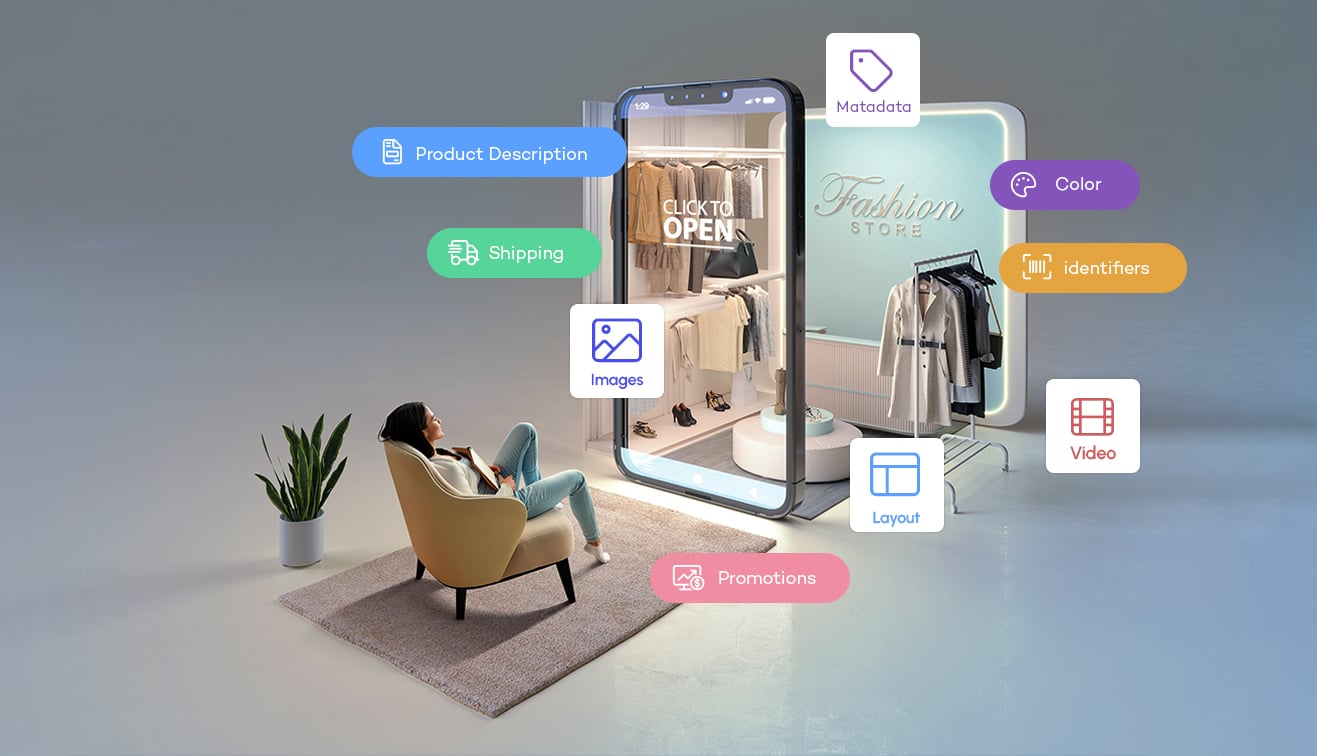
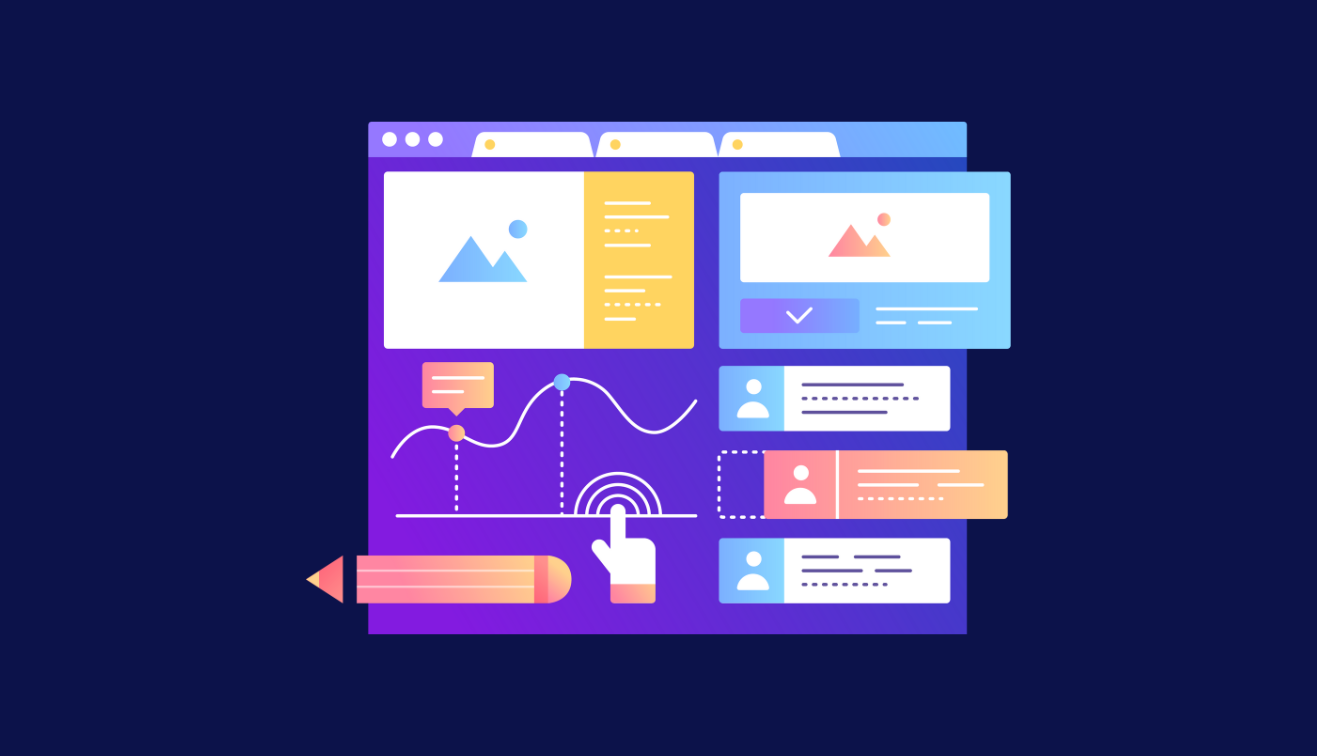


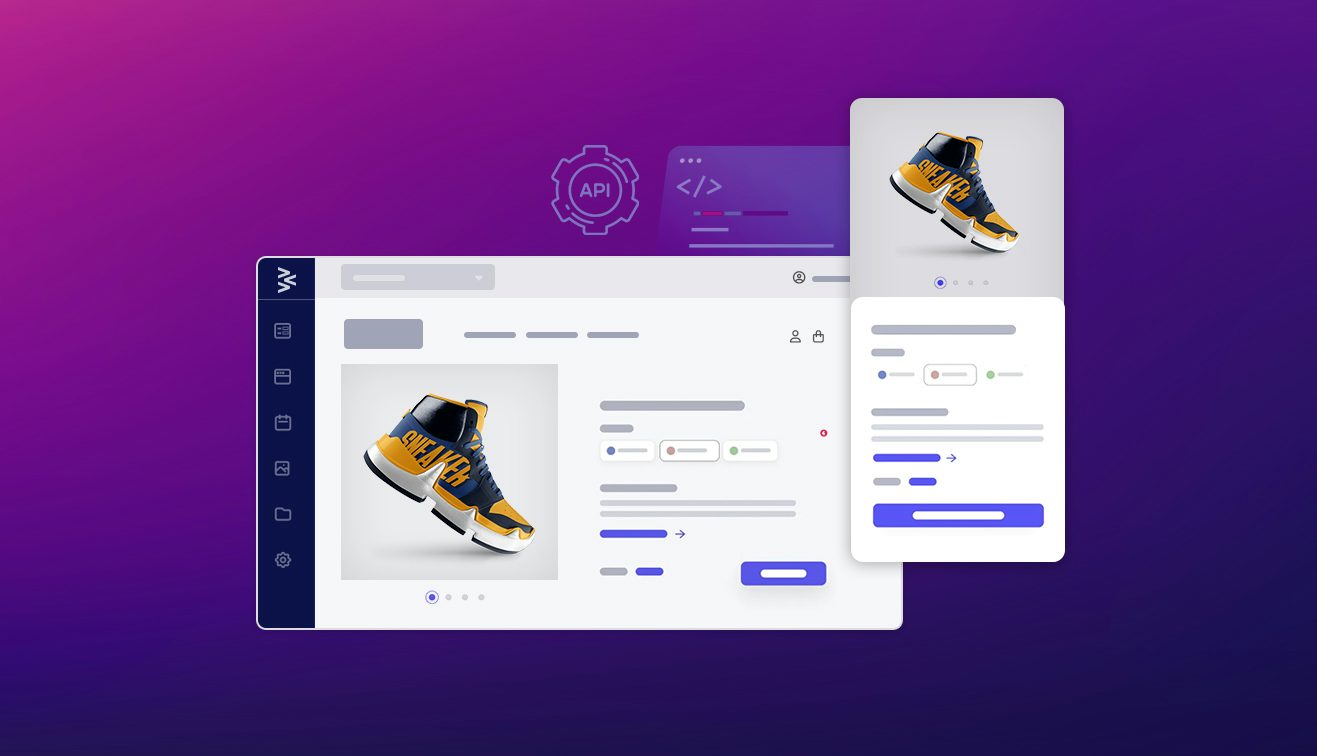

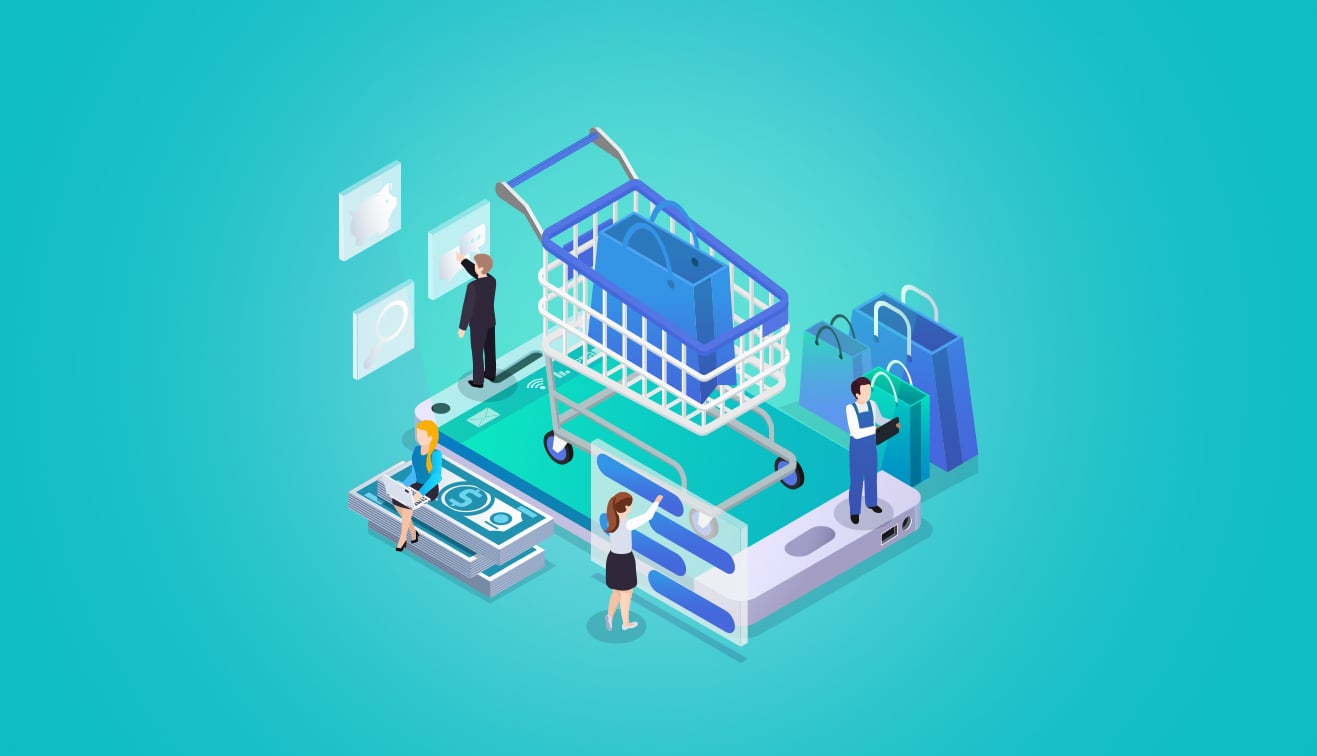
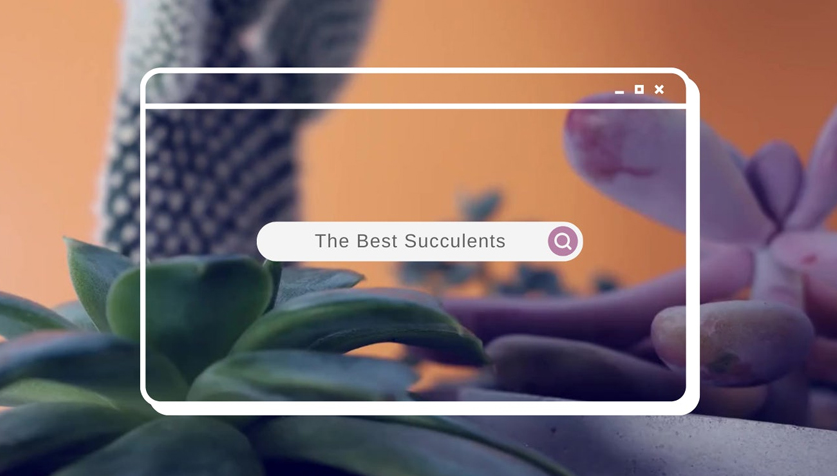
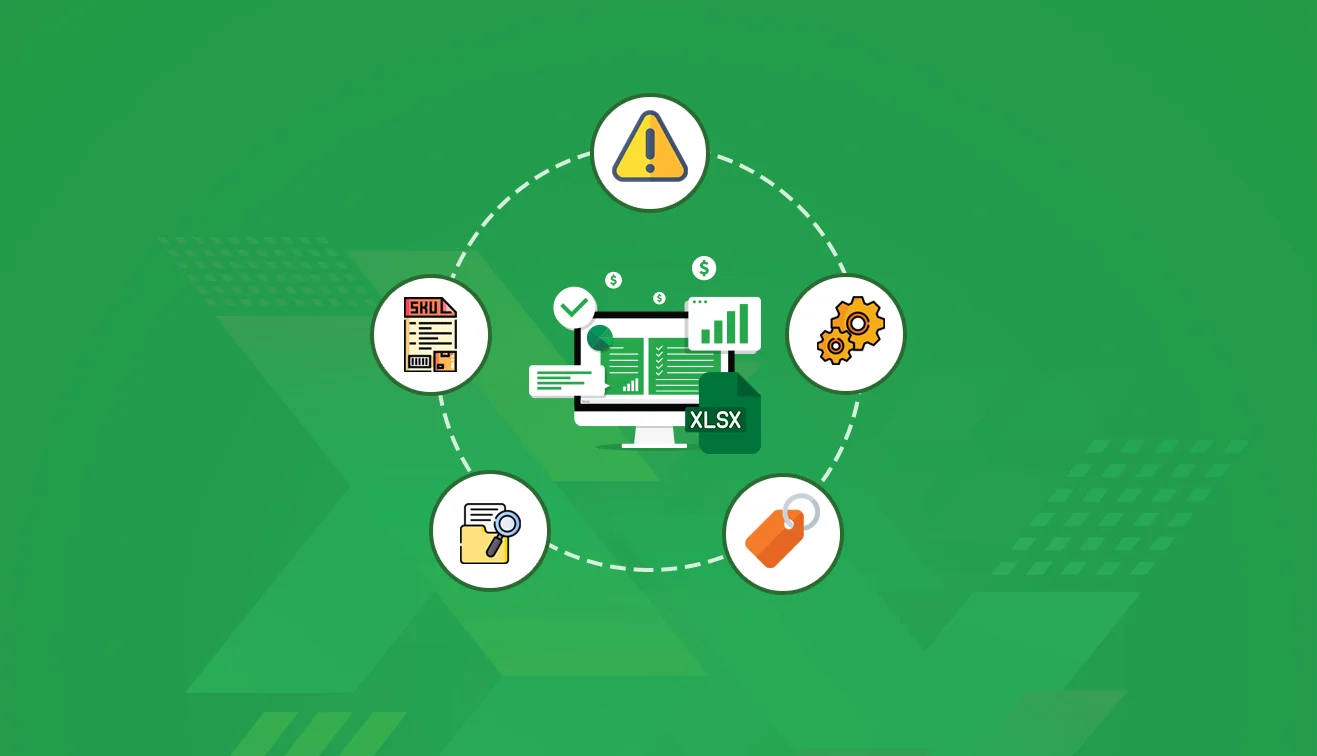
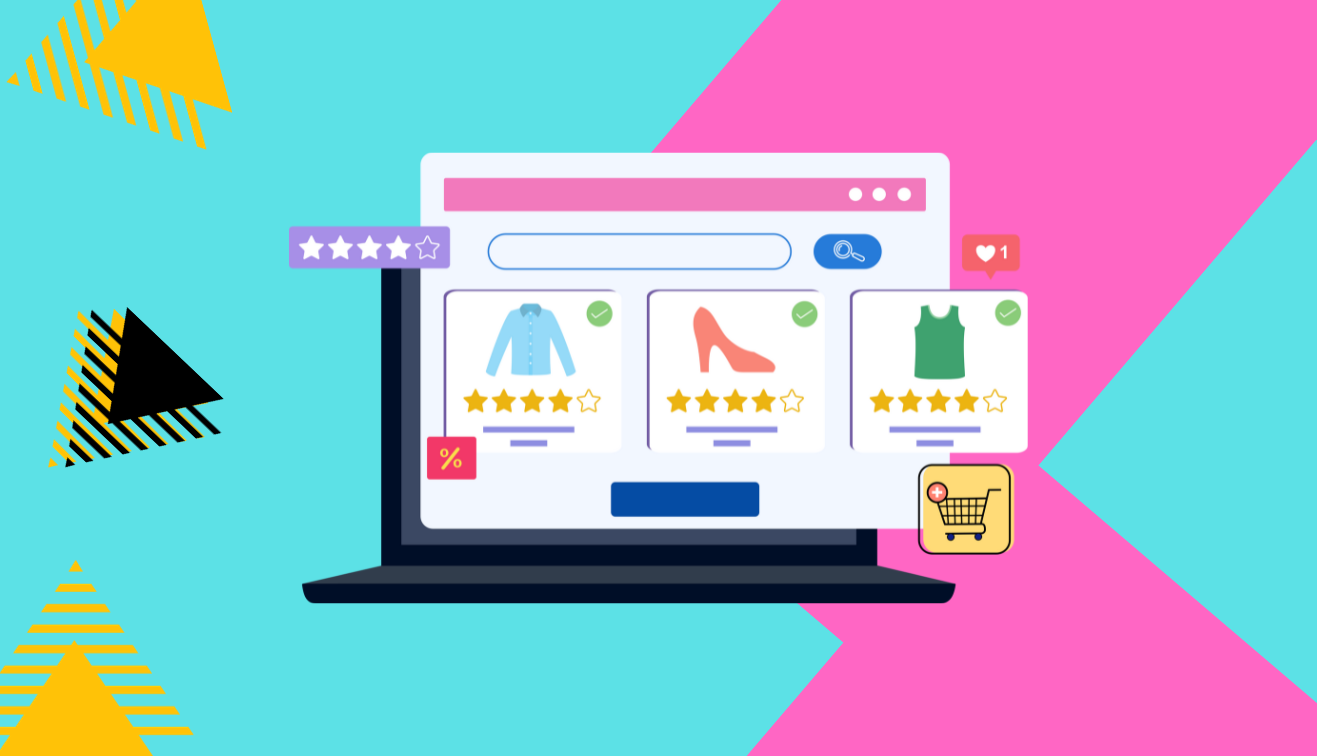
.jpg?w=3840&q=75)
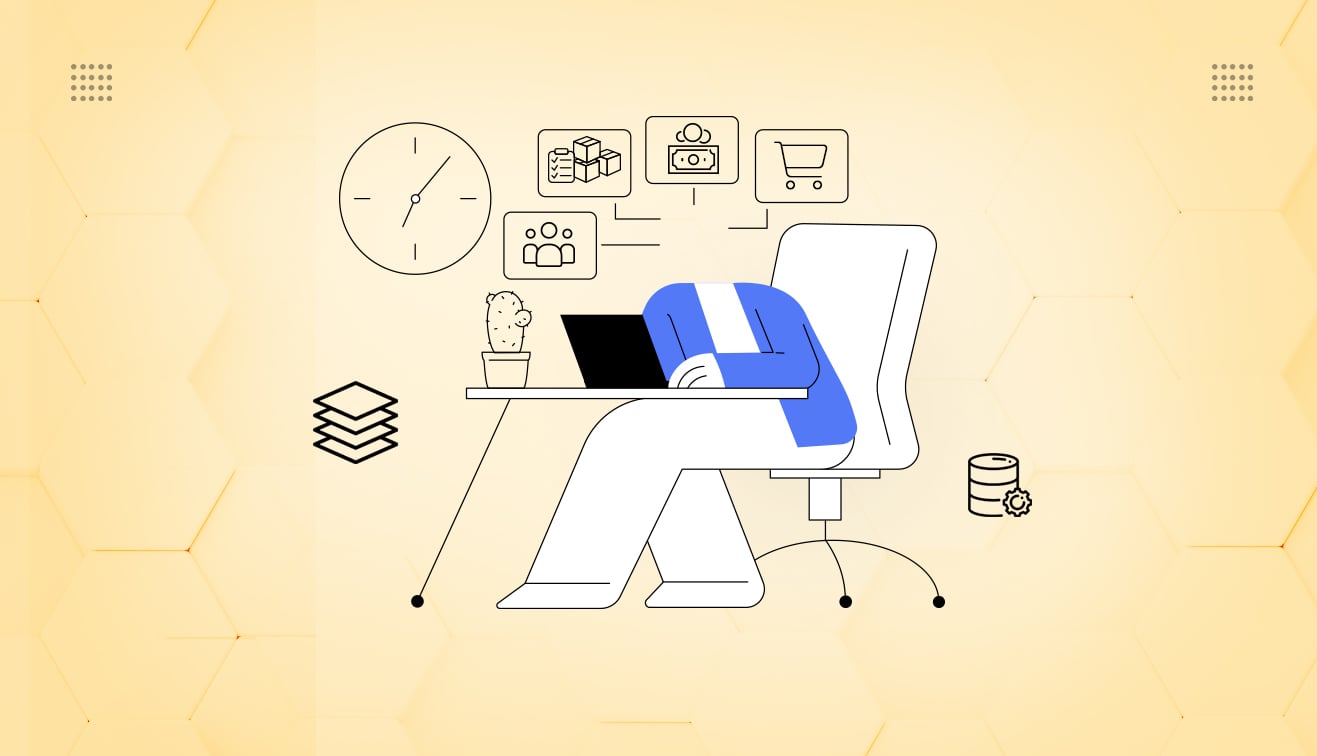

.png?w=3840&q=75)
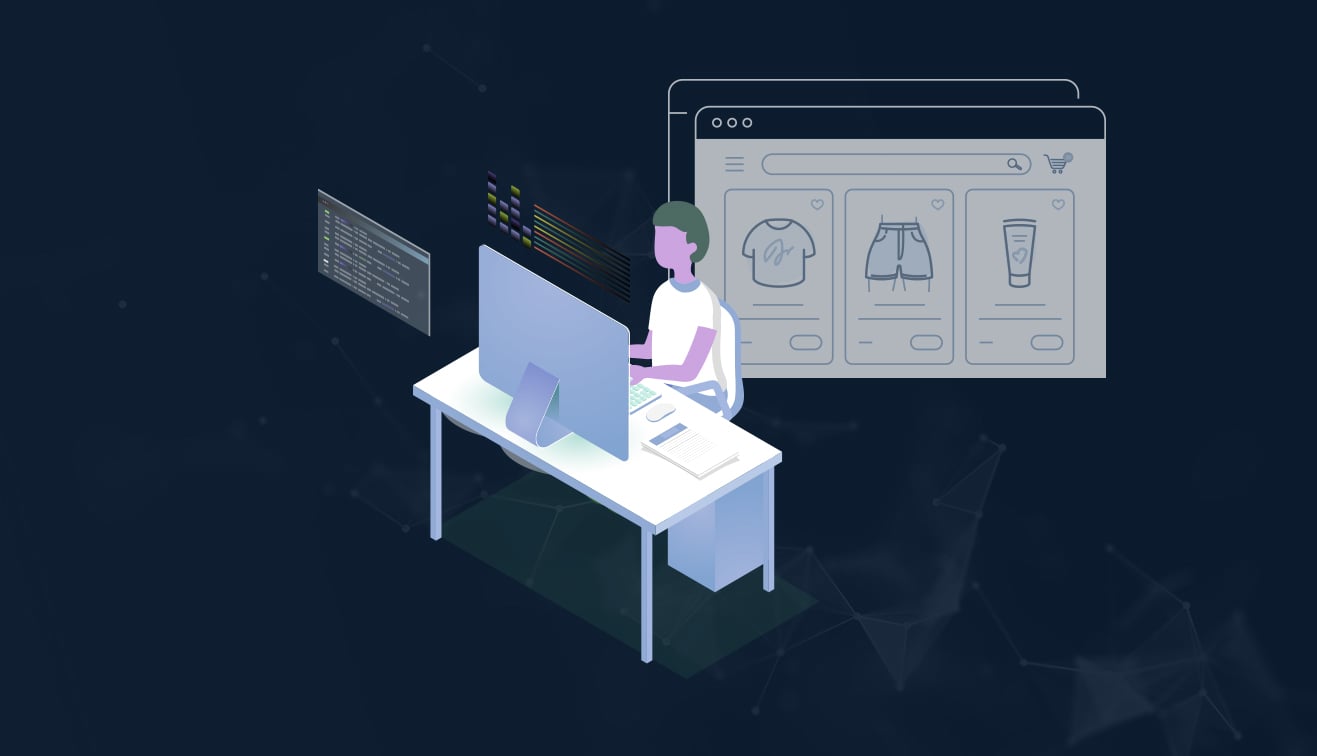
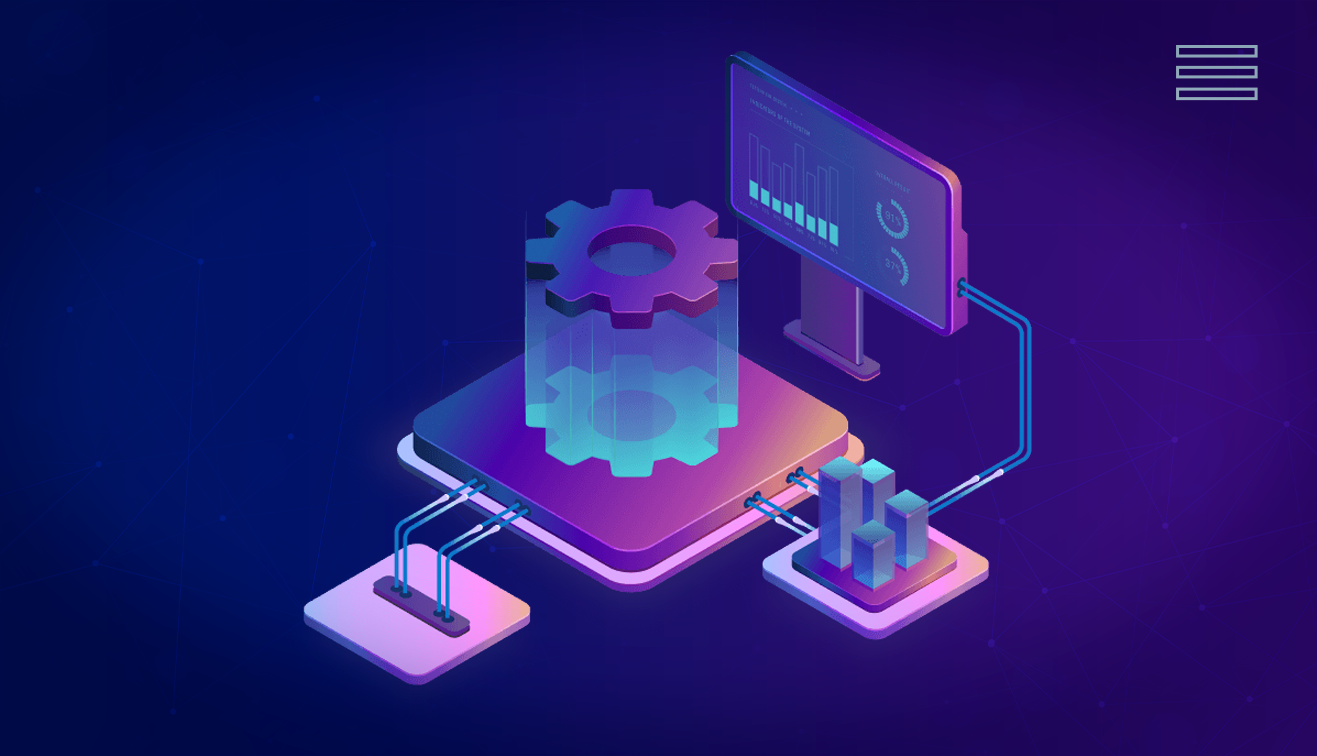
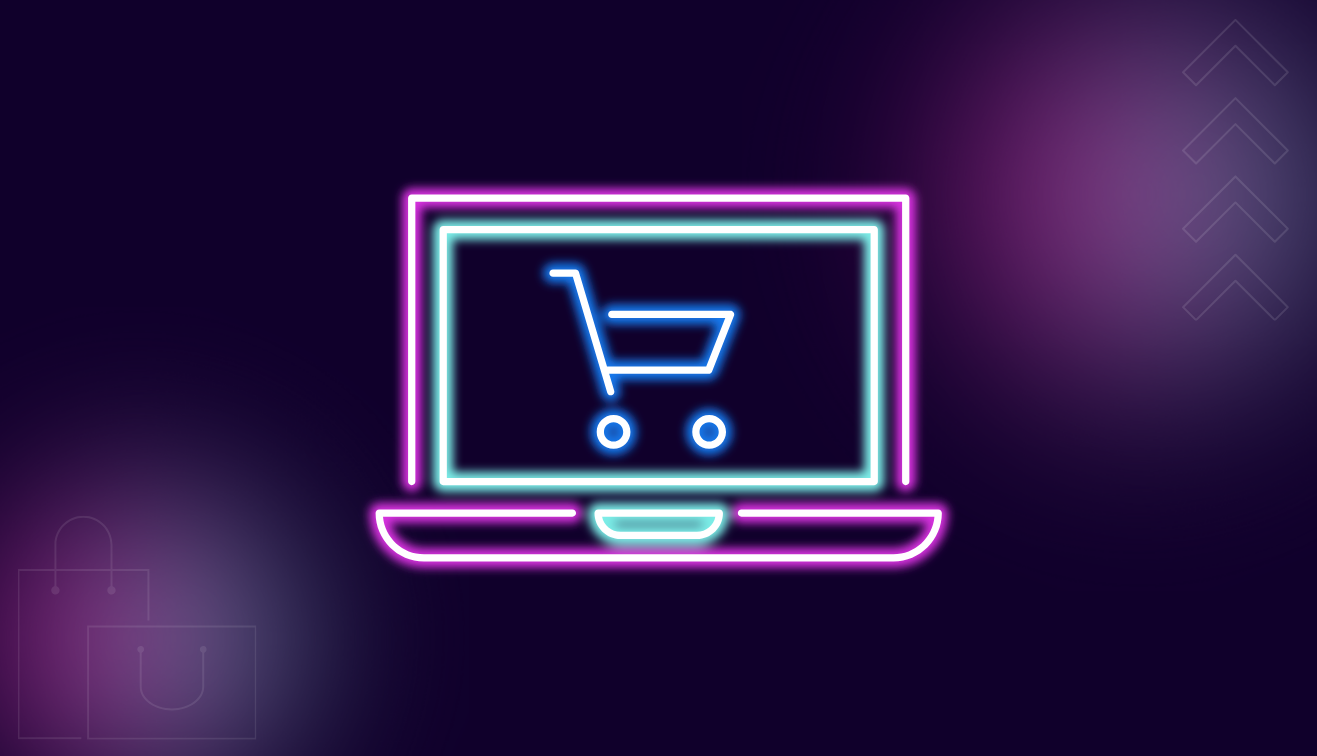
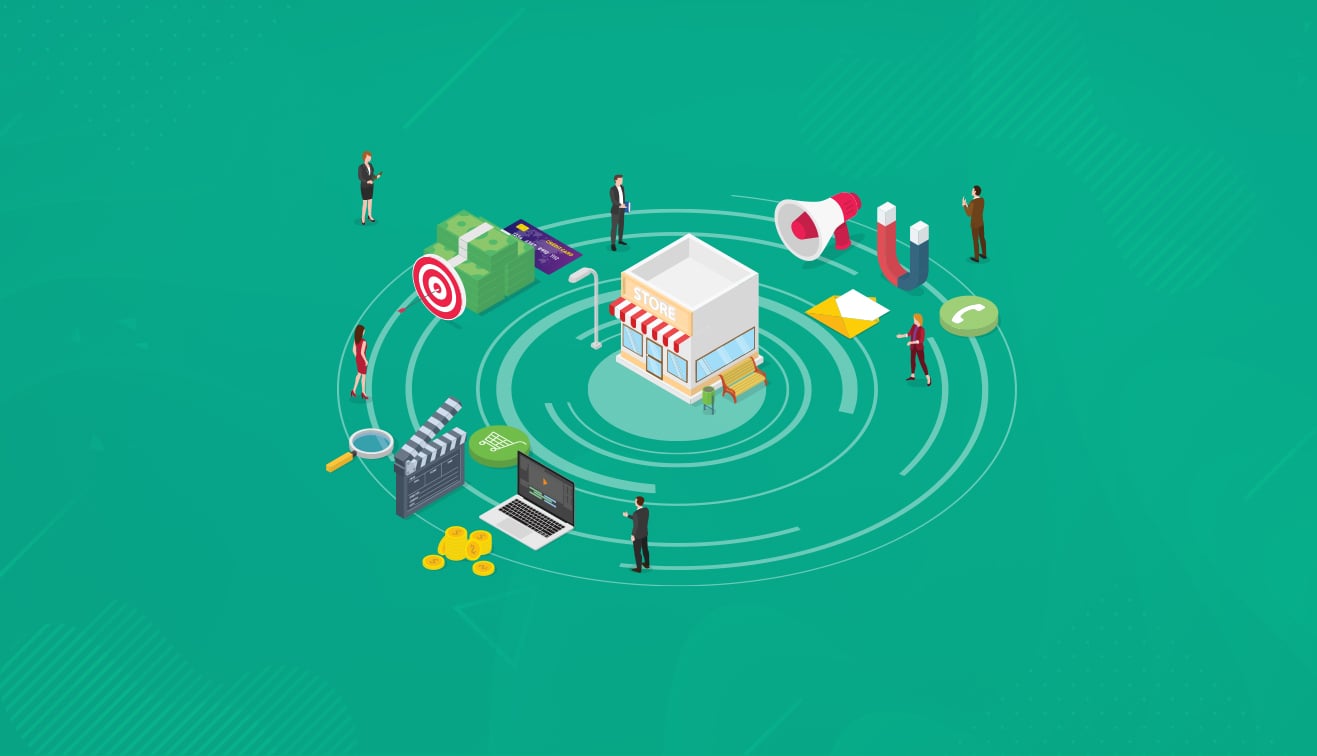
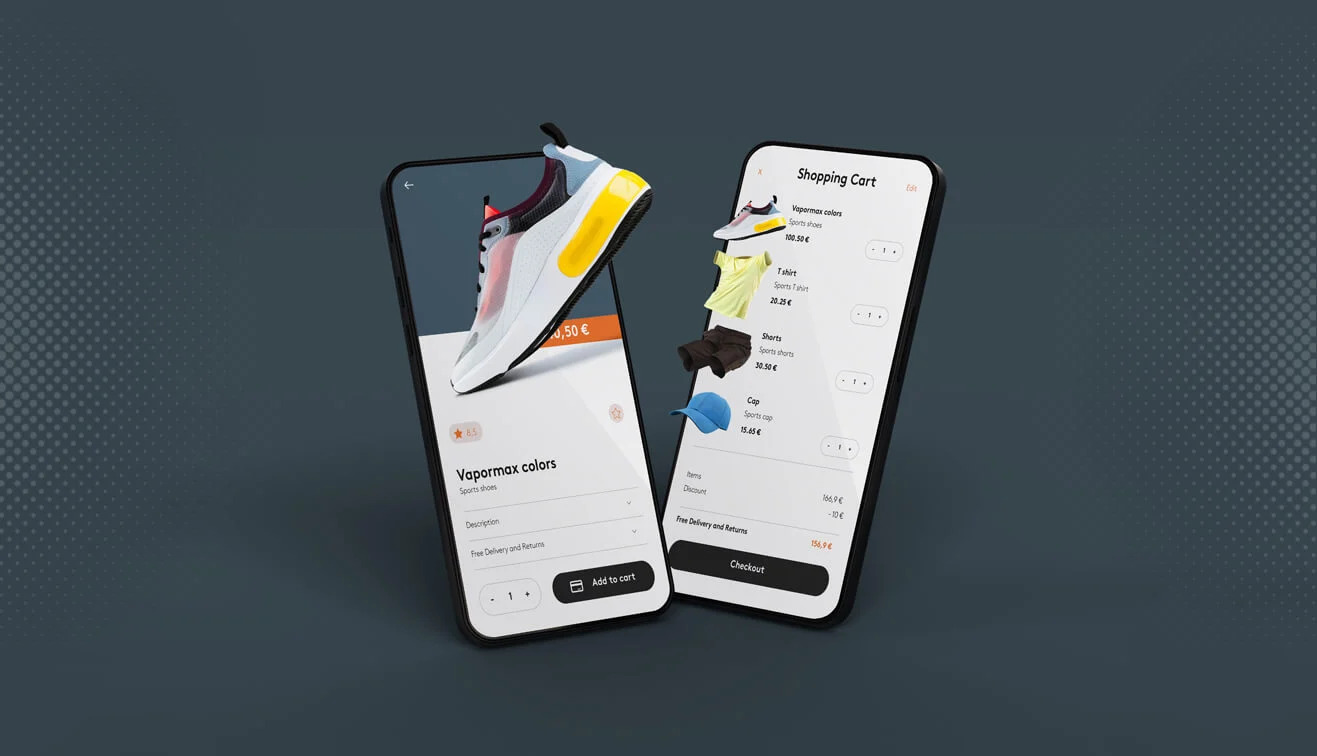
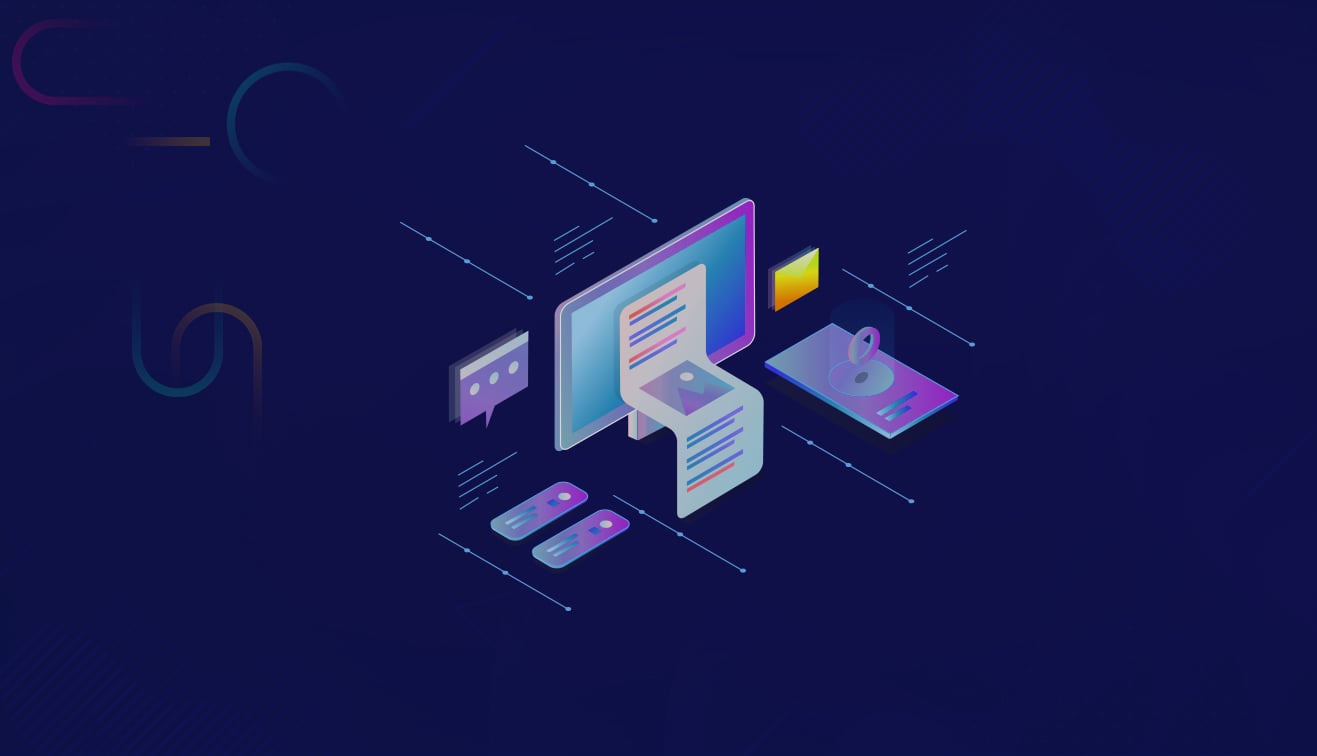
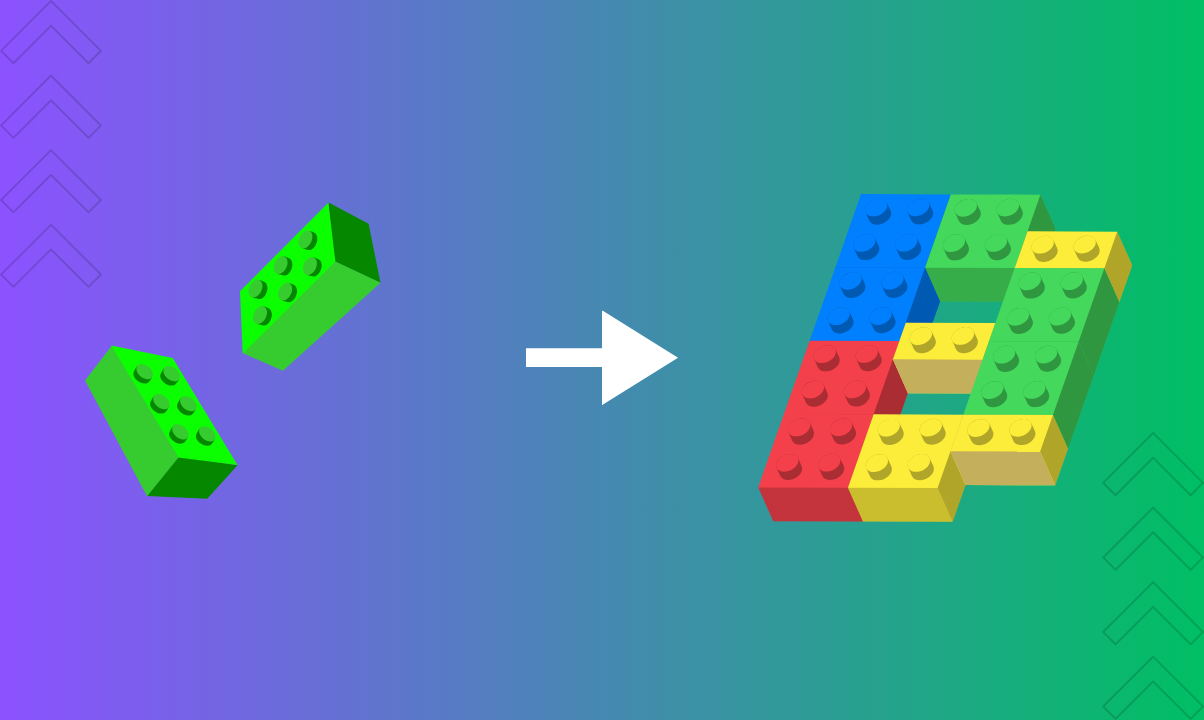

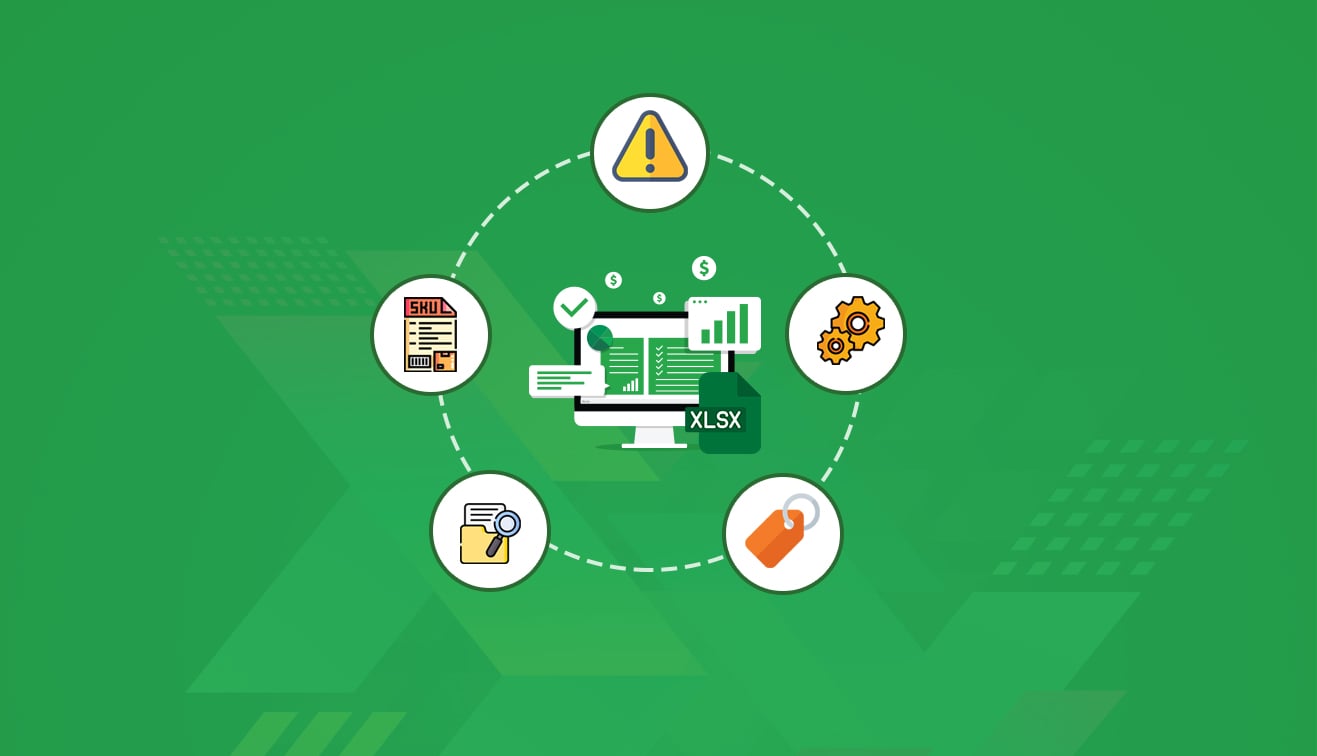
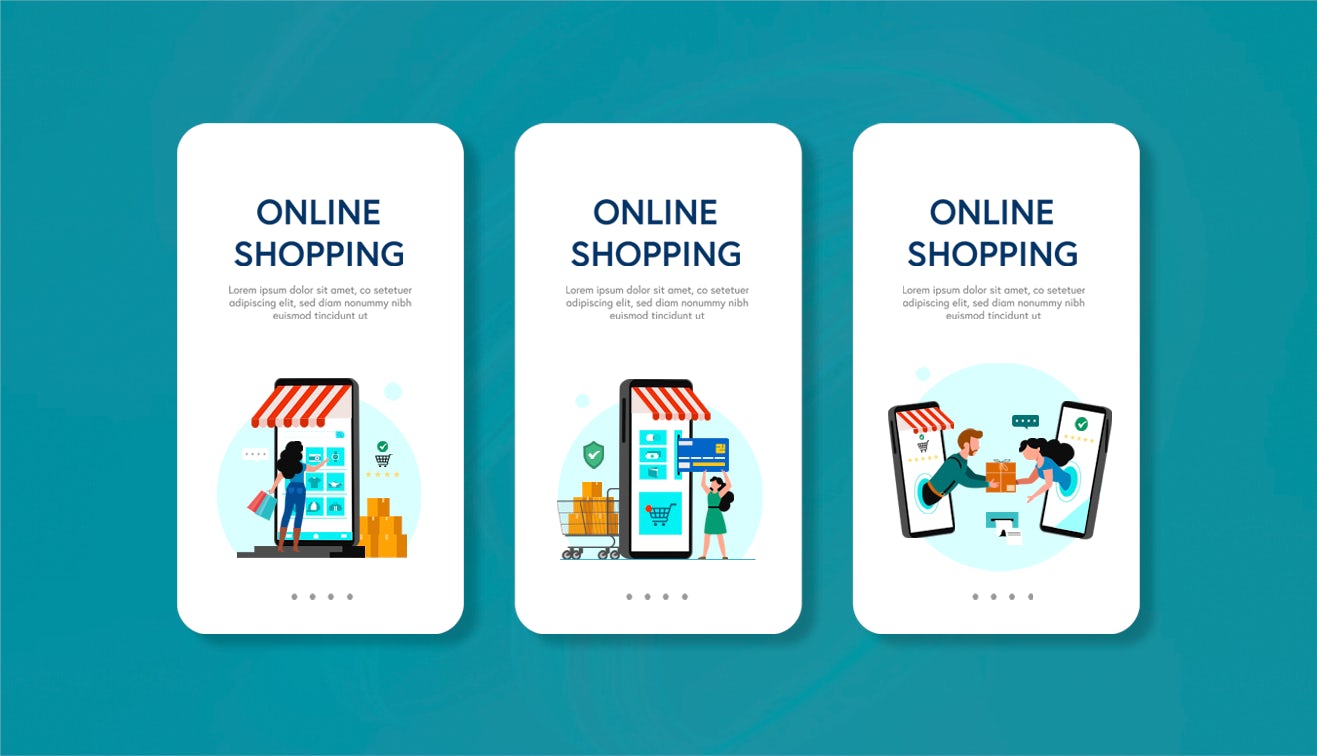
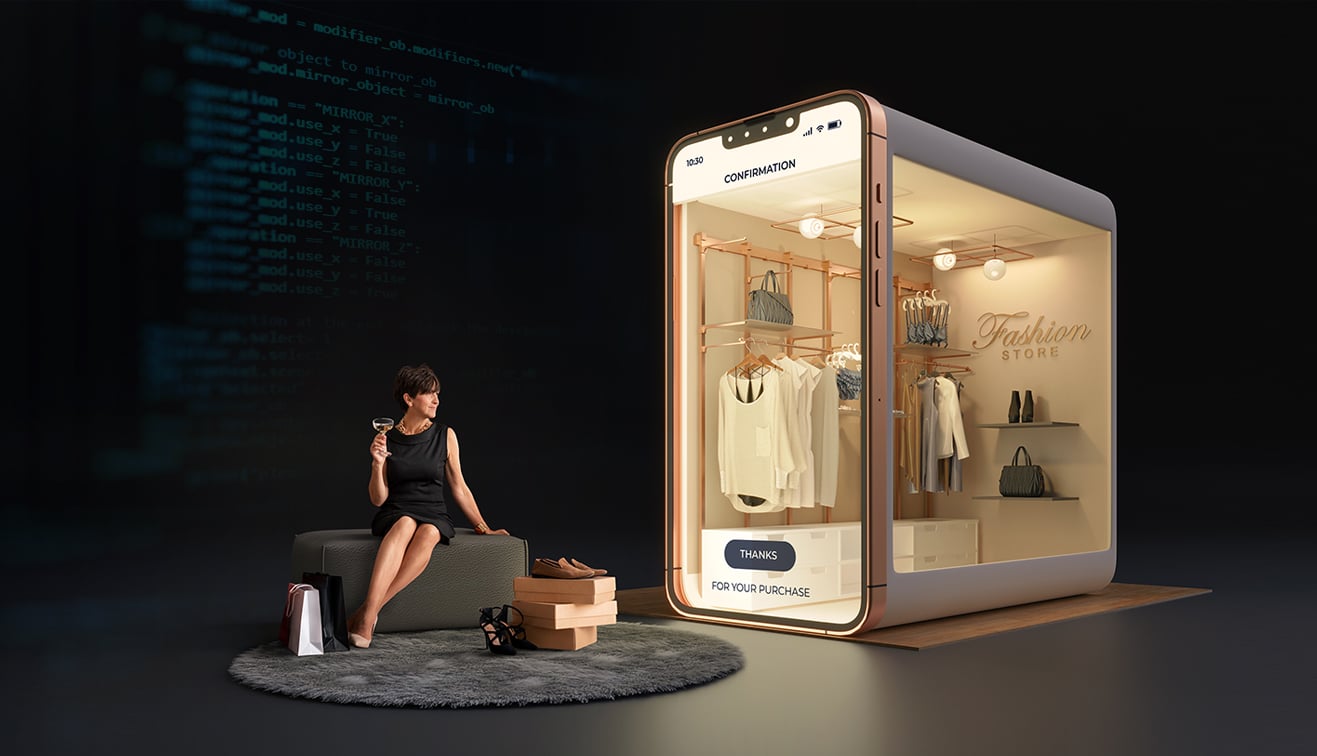
.jpg?w=3840&q=75)
